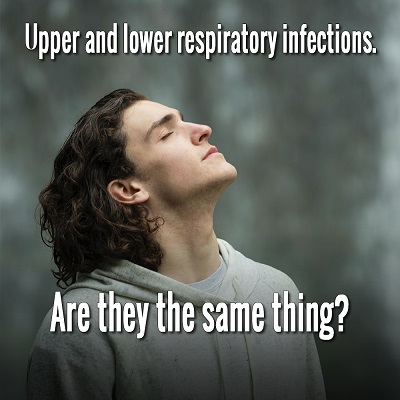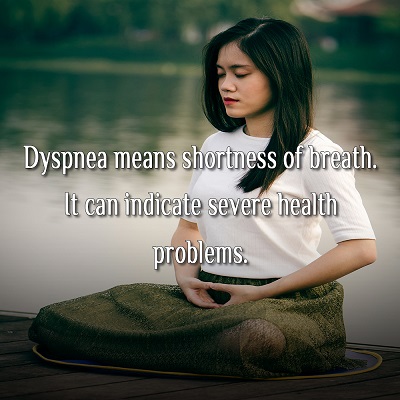Respiratory Health
 The respiratory system is made up of different organs that are responsible for our breathing. Part of its anatomy is the respiratory tract, whose main function is to aid in the process of respiration, or the inhaling of oxygen and the expelling of carbon dioxide.
The respiratory system is made up of different organs that are responsible for our breathing. Part of its anatomy is the respiratory tract, whose main function is to aid in the process of respiration, or the inhaling of oxygen and the expelling of carbon dioxide.
The respiratory tract is divided into two parts – the upper and lower respiratory tracts.
Both tracts work simultaneously to ensure that we are able to breathe properly. Different strains of viruses and bacteria can cause infections to the upper and lower tracts. To some degree, the symptoms of infection of both tracts are similar. There are, however, differences that will distinguish one from another.
Here are some of the causes, symptoms, and other pertinent information regarding infections on both upper and lower respiratory tracts. Continue reading
 While countless love songs and ballads have romanticized the term “take my breath away,” medically speaking, dyspnea is a serious matter. Dyspnea, more commonly referred to as shortness of breath, can be a sign of an underlying medical condition that needs to be treated. Experiencing dyspnea often from doing simple physical activities can also be an indication of poor health.
While countless love songs and ballads have romanticized the term “take my breath away,” medically speaking, dyspnea is a serious matter. Dyspnea, more commonly referred to as shortness of breath, can be a sign of an underlying medical condition that needs to be treated. Experiencing dyspnea often from doing simple physical activities can also be an indication of poor health.
Causes of Dyspnea
The common cause of dyspnea is overexertion. When we perform heavy physical activities such as running or swimming, experiencing shortness of breath is normal. But healthy individuals will be able to recover from dyspnea after just a few minutes. Continue reading






